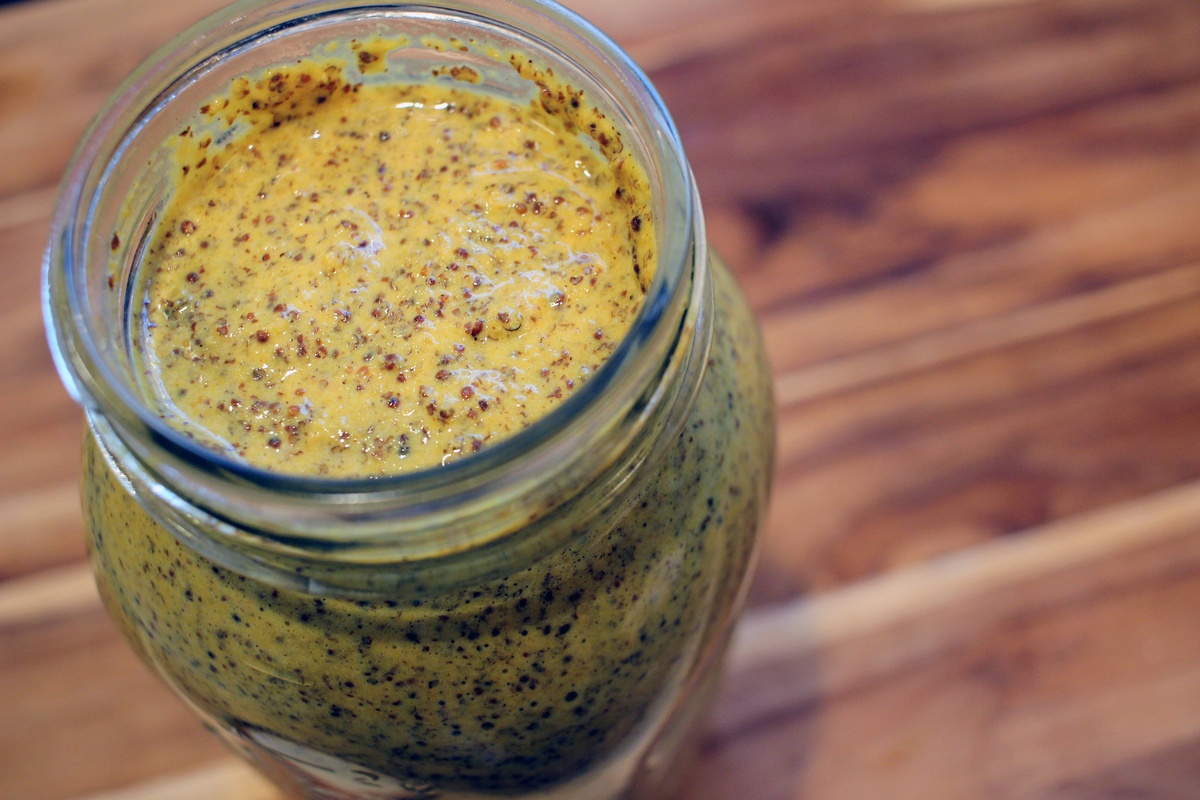

Articles
How To Store Mustard
Modified: December 7, 2023
Learn the best ways to store mustard in this informative article. Find out how to keep your mustard fresh and flavorful for longer periods of time.
(Many of the links in this article redirect to a specific reviewed product. Your purchase of these products through affiliate links helps to generate commission for Storables.com, at no extra cost. Learn more)
Introduction
Mustard is a versatile condiment that adds flavor and zest to countless dishes. Whether you prefer the yellow, Dijon, or whole grain variety, properly storing mustard is essential to maintain its freshness and taste. By following a few simple guidelines, you can ensure that your mustard stays flavorful and enjoyable for longer periods of time.
In this article, we will guide you through the process of storing mustard, from choosing the right container to determining the optimal storage conditions. Whether you have store-bought mustard or homemade mustard, we will provide you with valuable tips to keep your condiment in its best condition.
Key Takeaways:
- Mustard should be stored in airtight, opaque containers in cool, dark places with stable temperatures and low humidity to maintain its flavor and quality for longer periods.
- Homemade mustard requires immediate refrigeration in airtight containers and should be used within 2 to 4 weeks for the best flavor. Freezing can extend the shelf life, but the texture may change.
Read more: How To Store Mustard Greens
Choosing the Right Container
When it comes to storing mustard, selecting the right container is key. A container that is airtight and opaque will help to maintain the quality and flavor of the mustard.
Opt for glass or ceramic containers with tight-fitting lids. These materials will prevent any external odors or flavors from seeping into the mustard. Avoid using containers made of plastic or metal, as they may impart a metallic taste to the mustard.
It’s also important to choose a container that is the right size for the amount of mustard you have. Using a container that is too large can leave too much empty space, allowing air to circulate and potentially spoil the mustard. On the other hand, using a container that is too small may cause the mustard to overflow, creating a mess and making it difficult to seal.
It’s worth noting that if you have store-bought mustard, it usually comes in its own container. While this container may be suitable for short-term storage, you may want to transfer the mustard to a different container for long-term storage or to preserve its freshness.
Now that you have chosen the right container, let’s explore the proper storage location for your mustard.
Proper Storage Location
Finding the right storage location for your mustard is essential to maintain its quality and extend its shelf life. Here are some guidelines to help you choose the optimal storage spot:
- Keep your mustard in a cool and dark place: Heat and light can degrade the quality of mustard. Choose a location away from direct sunlight, such as a pantry or a cupboard. Avoid storing your mustard near a stove or any other heat sources.
- Protect it from fluctuating temperatures: Extreme temperature changes can affect the texture and flavor of mustard. Avoid storing it in areas that experience frequent temperature fluctuations, like near windows or vents.
- Avoid humid environments: Mustard is best stored in a dry environment. Excessive humidity can cause the mustard to spoil or develop mold. Ensure that the storage location is well-ventilated and has a moderate level of humidity.
By keeping your mustard in an appropriate storage location, you can preserve its flavor and quality for a longer period of time. Next, let’s explore the ideal temperature and humidity for storing mustard.
Optimal Temperature and Humidity
The right temperature and humidity conditions play a crucial role in preserving the freshness and flavor of mustard. Aim to store your mustard in an environment that maintains the following conditions:
- Temperature: Mustard should ideally be stored at a temperature between 50°F (10°C) and 70°F (21°C). This temperature range helps to slow down the oxidation process and maintain the quality of the mustard. Avoid storing it in excessively warm or cold areas, as extreme temperatures can impact the taste and texture.
- Humidity: Mustard is best stored in a low humidity environment, with humidity levels between 50% and 60%. Excess moisture can lead to mold growth and spoil the mustard. Dry environments help to prevent moisture absorption and maintain the integrity of the mustard.
Keep in mind that these are general guidelines, and the specific optimal conditions may vary depending on factors such as the type of mustard and the brand. Consulting the manufacturer’s recommendations can provide valuable information regarding the ideal temperature and humidity for storing a particular type of mustard.
Next, let’s discuss the importance of avoiding exposure to light when storing mustard.
Avoiding Exposure to Light
Light can have a detrimental effect on the quality and flavor of mustard. Exposure to light, especially sunlight, can lead to oxidation and degrade the taste of the condiment. To protect your mustard from light damage, follow these tips:
- Choose opaque containers: Opt for containers that are not transparent or translucent to block out as much light as possible. This will help to preserve the color and flavor of the mustard.
- Store in a dark location: Find a storage spot that is shielded from light, such as a pantry or a cupboard. Avoid storing mustard near windows or other sources of natural or artificial light.
- Avoid transparent shelves: If you’re storing mustard in a refrigerator or any other type of storage unit with transparent shelves, consider using a container or wrapping to provide additional protection against light exposure.
By taking steps to avoid exposure to light, you can ensure that your mustard retains its taste and quality for a longer period of time. Next, let’s explore the shelf life of mustard and how long you can expect it to remain fresh.
Store mustard in a cool, dark place, away from direct sunlight and heat sources. Once opened, keep it in the refrigerator to maintain its flavor and quality.
Read more: How To Make Mustard With Mustard Seeds
Shelf Life of Mustard
The shelf life of mustard can vary depending on factors such as the type of mustard, storage conditions, and whether it is store-bought or homemade. Generally, unopened store-bought mustard can last for about 1 to 2 years past the expiration date when stored properly. However, it’s important to note that the flavor may gradually diminish over time.
Once opened, store-bought mustard can remain safe to consume for up to 1 year if stored in the refrigerator. However, for optimal flavor and quality, it is recommended to use it within 6 to 8 months.
Homemade mustard, on the other hand, has a shorter shelf life due to the absence of preservatives. Homemade mustard can typically last for about 2 to 4 weeks when refrigerated. It’s essential to monitor it closely for any signs of spoilage, such as mold or an off smell.
Remember that these are general guidelines, and it’s crucial to check the specific expiration dates and storage recommendations provided by the manufacturer or recipe you are following.
Now let’s explore the best practices for storing homemade mustard.
Storing Homemade Mustard
Homemade mustard offers a unique flavor and the opportunity to customize the ingredients to your liking. However, since homemade mustard lacks preservatives, proper storage is crucial to maintain its freshness. Here are some tips for storing homemade mustard:
- Transfer to airtight containers: Once your homemade mustard is prepared, transfer it to airtight glass or ceramic containers. Make sure the containers have a tight-fitting lid to prevent air exposure and avoid any potential contamination.
- Refrigerate promptly: Homemade mustard should be refrigerated immediately after preparation. The cool temperature of the refrigerator helps to slow down the spoilage process and maintain the flavor and quality of the mustard.
- Label and date the containers: It’s important to label your homemade mustard containers with the date of preparation. This will help you keep track of its freshness and ensure you use it within a reasonable time frame.
- Monitor for spoilage: Regularly check your homemade mustard for any signs of spoilage, such as mold growth, off smells, or unusual texture. If you notice any abnormalities, discard the mustard immediately.
By following these guidelines, you can ensure that your homemade mustard stays fresh and flavorful for as long as possible. However, keep in mind that the shelf life of homemade mustard is generally shorter than commercially prepared versions. It’s recommended to use your homemade mustard within 2 to 4 weeks to enjoy the best quality.
Next, let’s explore the option of freezing mustard to extend its shelf life.
Freezing Mustard
If you find yourself with an abundance of mustard that you can’t consume within its recommended shelf life, freezing can be a great option to prolong its freshness. Here’s how to freeze mustard:
- Transfer to freezer-safe containers: Pour the mustard into freezer-safe containers, leaving some headspace for expansion as it freezes. Glass or plastic containers with airtight lids are ideal for this purpose. Alternatively, you can also use freezer bags designed for storing liquids.
- Label and date: Remember to label the containers or bags with the date of freezing to keep track of their freshness.
- Remove excess air: If using freezer bags, try to remove as much air as possible before sealing. This helps to prevent freezer burn and maintain the quality of the mustard.
- Freeze promptly: Place the containers or bags in the freezer as soon as possible after filling them with mustard. Ensure that they are stored in a flat position to prevent leakage and maximize space utilization.
Mustard can be stored in the freezer for up to 3 to 4 months without significant loss of quality. However, it’s important to note that freezing may alter the texture and consistency of mustard. Thaw frozen mustard in the refrigerator overnight before using it.
While freezing is a viable option for extending the shelf life of mustard, keep in mind that the thawed mustard may not have the same texture as fresh mustard. It’s recommended to use frozen mustard in cooked dishes or recipes rather than as a condiment.
Now that you’re familiar with freezing mustard, let’s explore how to revive dried mustard.
Reviving Dried Mustard
If you come across dried mustard that has lost its pungency or flavor, don’t fret! It’s possible to revive dried mustard and bring it back to life. Here’s how:
- Add liquid gradually: Start by adding a small amount of liquid, such as water, vinegar, or wine, to the dried mustard. Mix it well and allow it to sit for a few minutes. If the mustard is still too dry, continue adding liquid slowly until you achieve the desired consistency.
- Let it sit and rehydrate: After adding the liquid, let the mustard sit for about 10 to 15 minutes. This will allow the dried mustard to absorb the liquid and rehydrate, bringing back the flavor and pungency.
- Adjust seasonings: Once the mustard has rehydrated, taste and adjust the seasonings as needed. You can add salt, sugar, herbs, spices, or any additional ingredients to enhance the flavor according to your preference.
- Store and use promptly: Use the revived mustard immediately or store it in an airtight container in the refrigerator. It’s best to consume the mustard within a few days to enjoy its revived flavor.
Reviving dried mustard is a simple process that can bring back the intensity and flavor that might have diminished over time. By following these steps, you can salvage your dried mustard and make it usable once again.
Now that you know how to revive dried mustard, let’s wrap up with a summary of the key points discussed in this article.
Read more: How Many Mustard Seeds To Make Mustard
Conclusion
Properly storing mustard is essential to maintain its freshness, flavor, and quality. By following the guidelines outlined in this article, you can ensure that your mustard remains delicious and enjoyable for an extended period of time.
From choosing the right container to finding the optimal storage location, temperature, and humidity, each step plays a crucial role in preserving mustard. Avoiding exposure to light, being mindful of the shelf life, and properly storing homemade mustard are additional factors to consider.
If you have excess mustard that cannot be consumed within its recommended shelf life, freezing it can be a great option to extend its usability. And if you come across dried mustard that has lost its flavor, don’t worry! You can revive it by rehydrating and adjusting the seasonings.
Remember to always follow the instructions provided by the manufacturer or recipe you are using and monitor your mustard for any signs of spoilage. When storing mustard, it is important to strike a balance between preserving its quality and ensuring you use it within a reasonable timeframe.
By implementing these storing techniques, you can enjoy flavorful mustard in your dishes, sandwiches, and recipes for longer periods of time. So, go ahead and store your mustard with confidence, knowing that you have the knowledge to keep it fresh and delicious.
Happy mustard storing!
Frequently Asked Questions about How To Store Mustard
Was this page helpful?
At Storables.com, we guarantee accurate and reliable information. Our content, validated by Expert Board Contributors, is crafted following stringent Editorial Policies. We're committed to providing you with well-researched, expert-backed insights for all your informational needs.





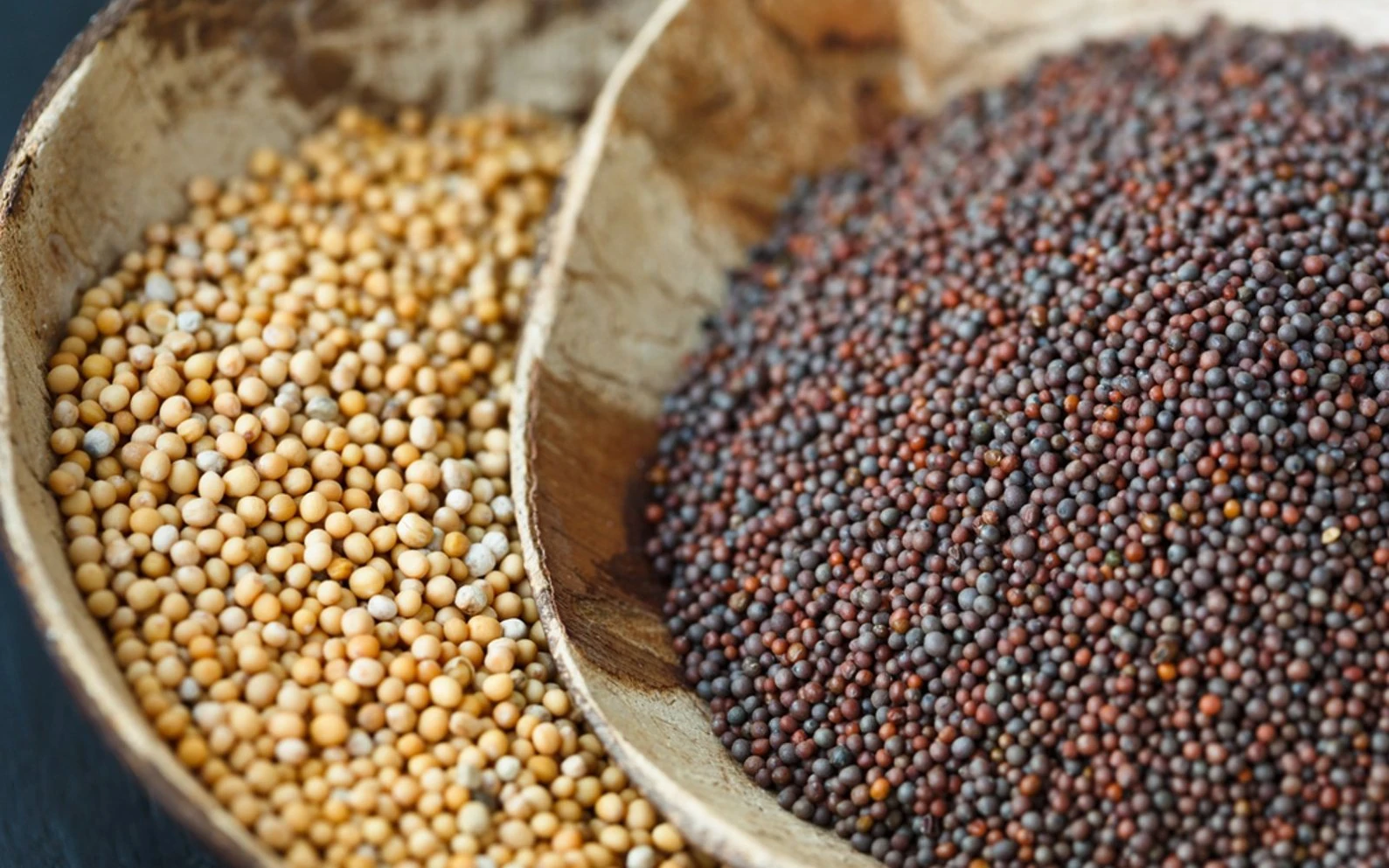
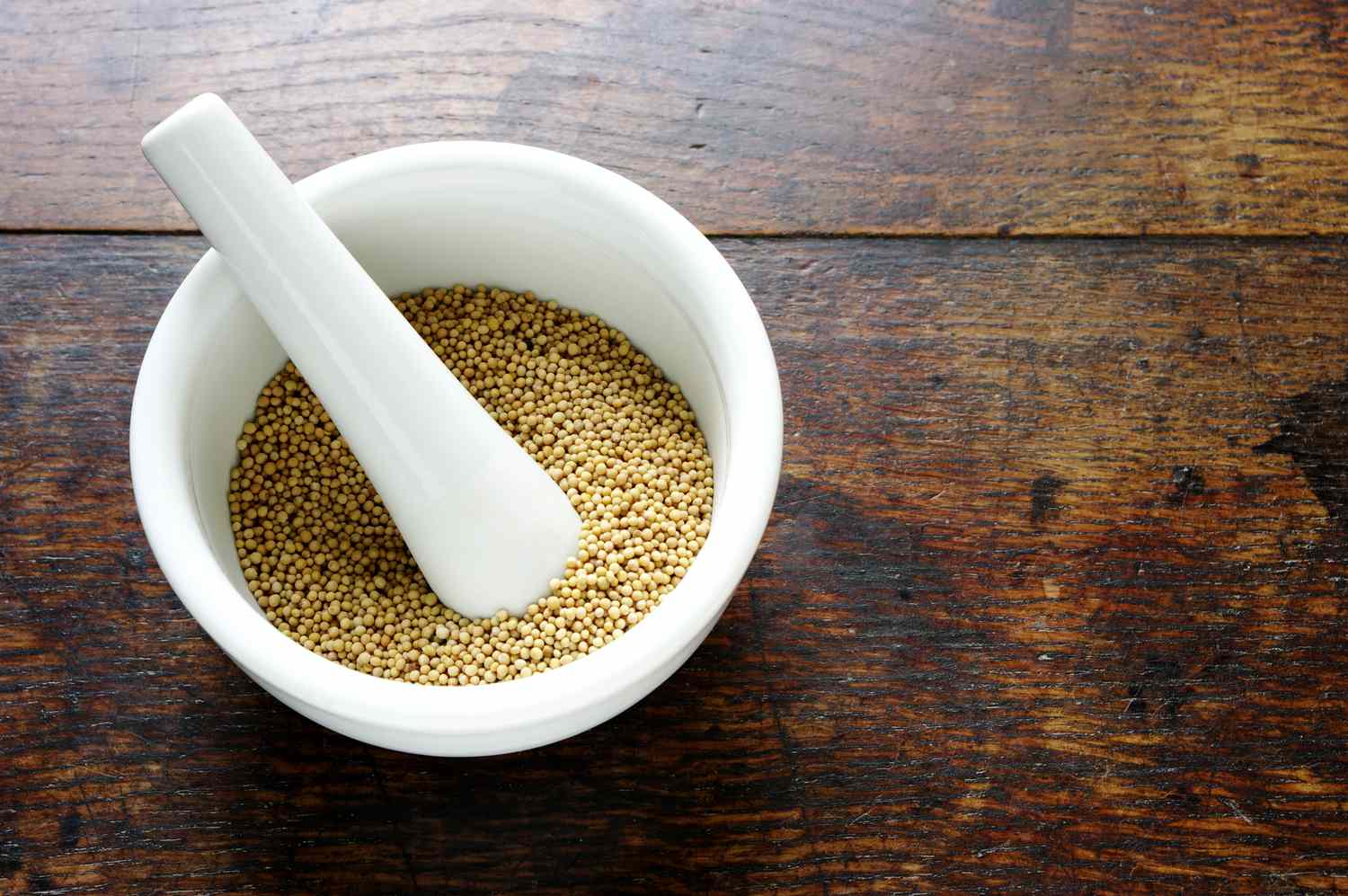

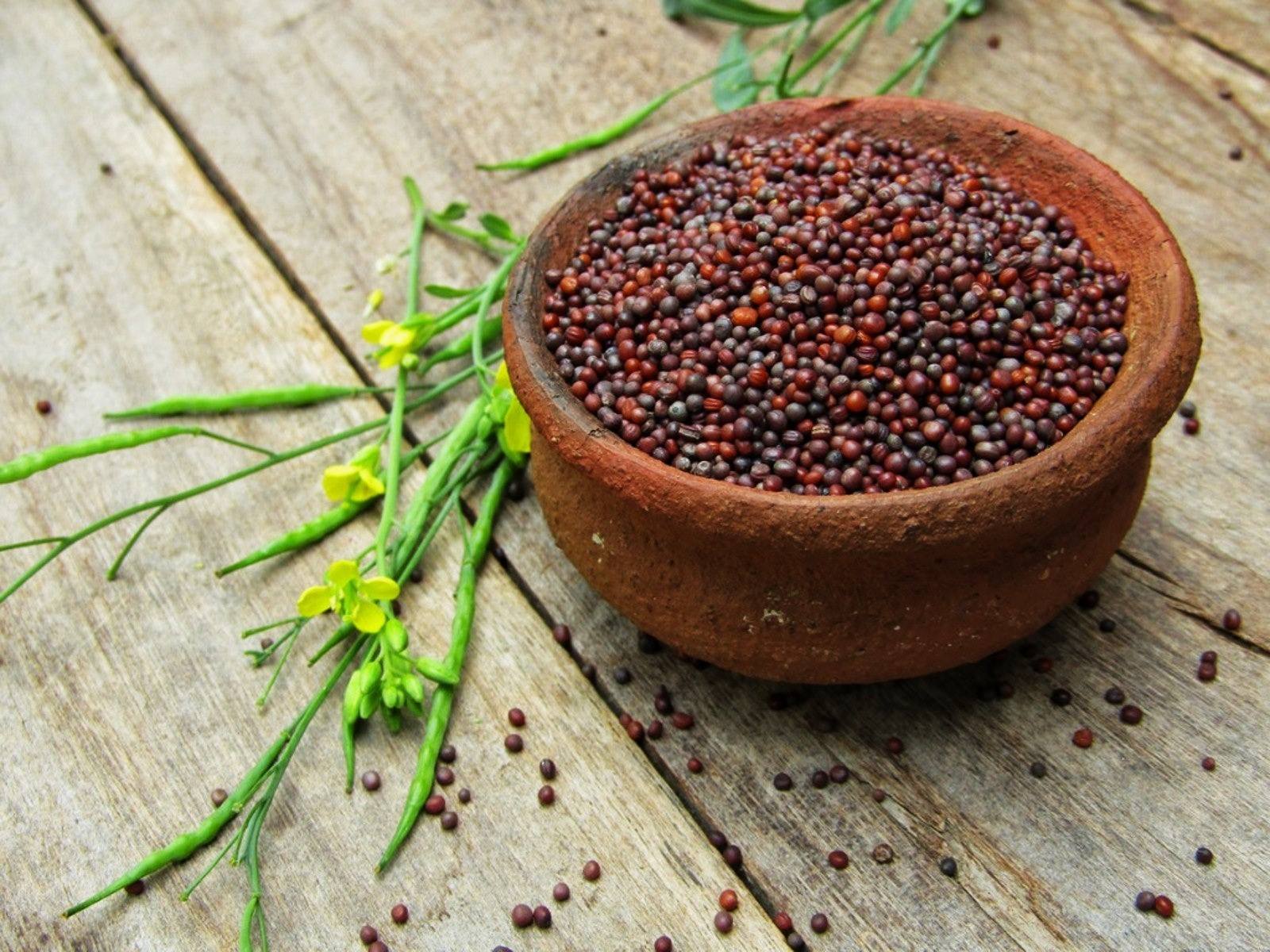
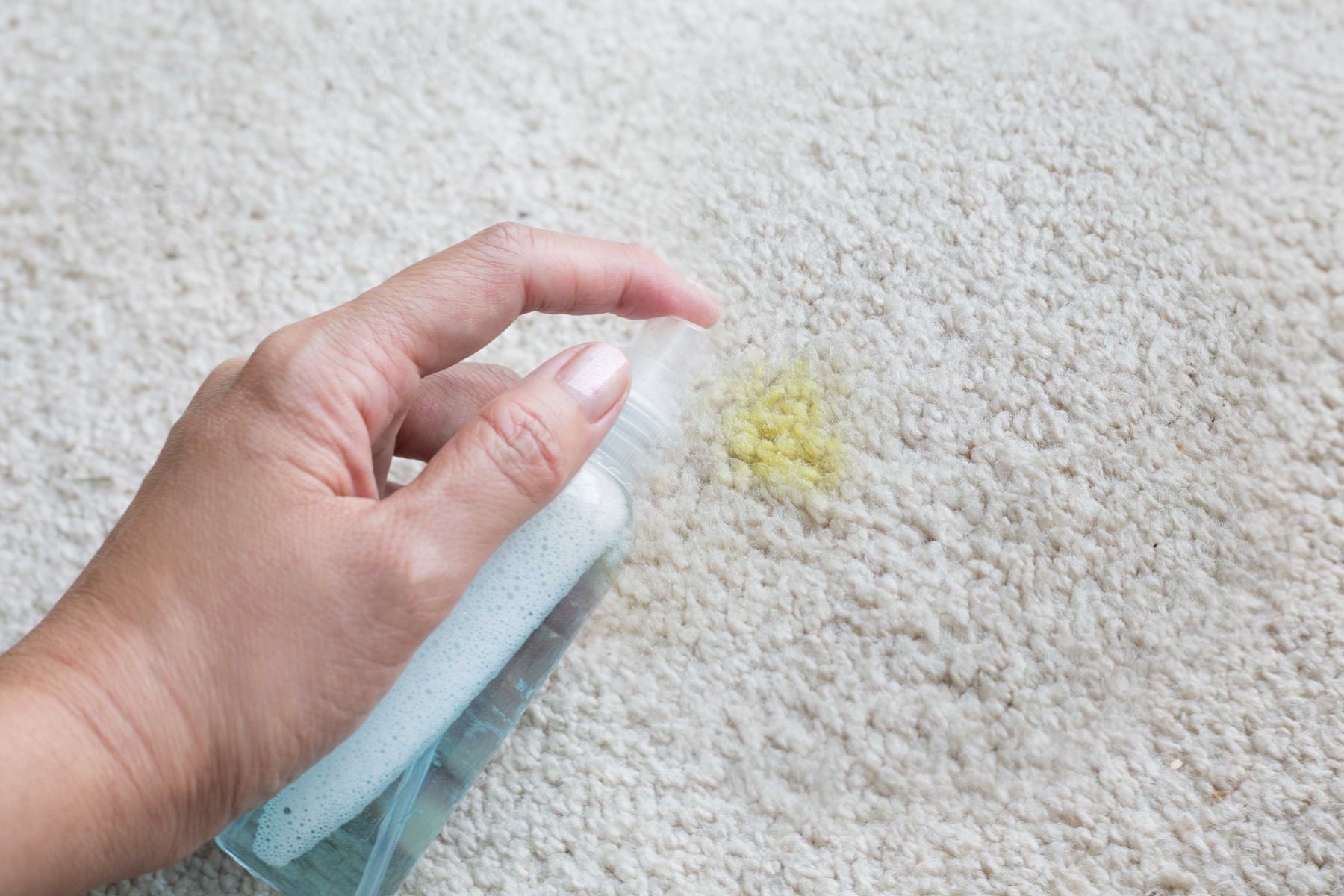
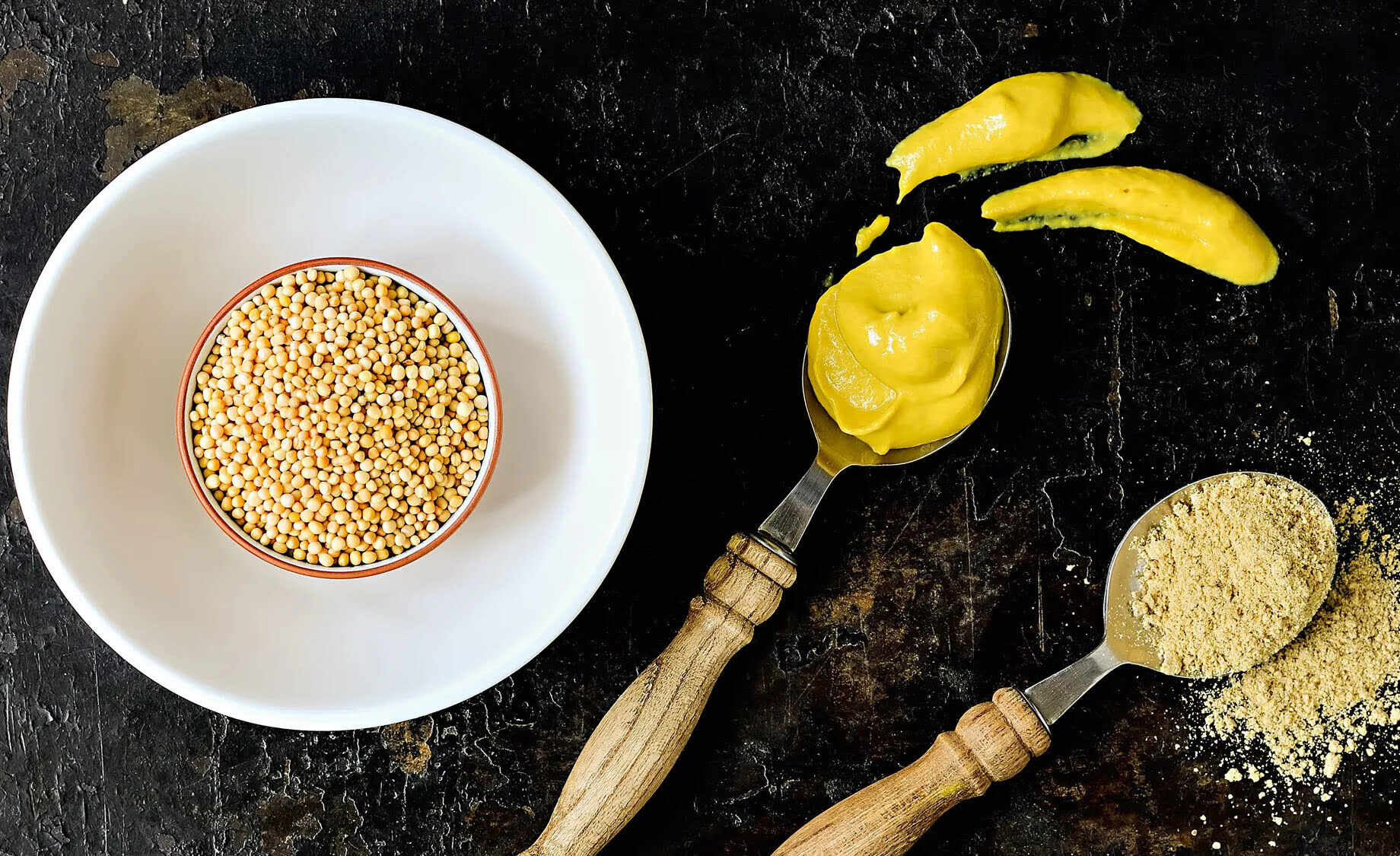



0 thoughts on “How To Store Mustard”